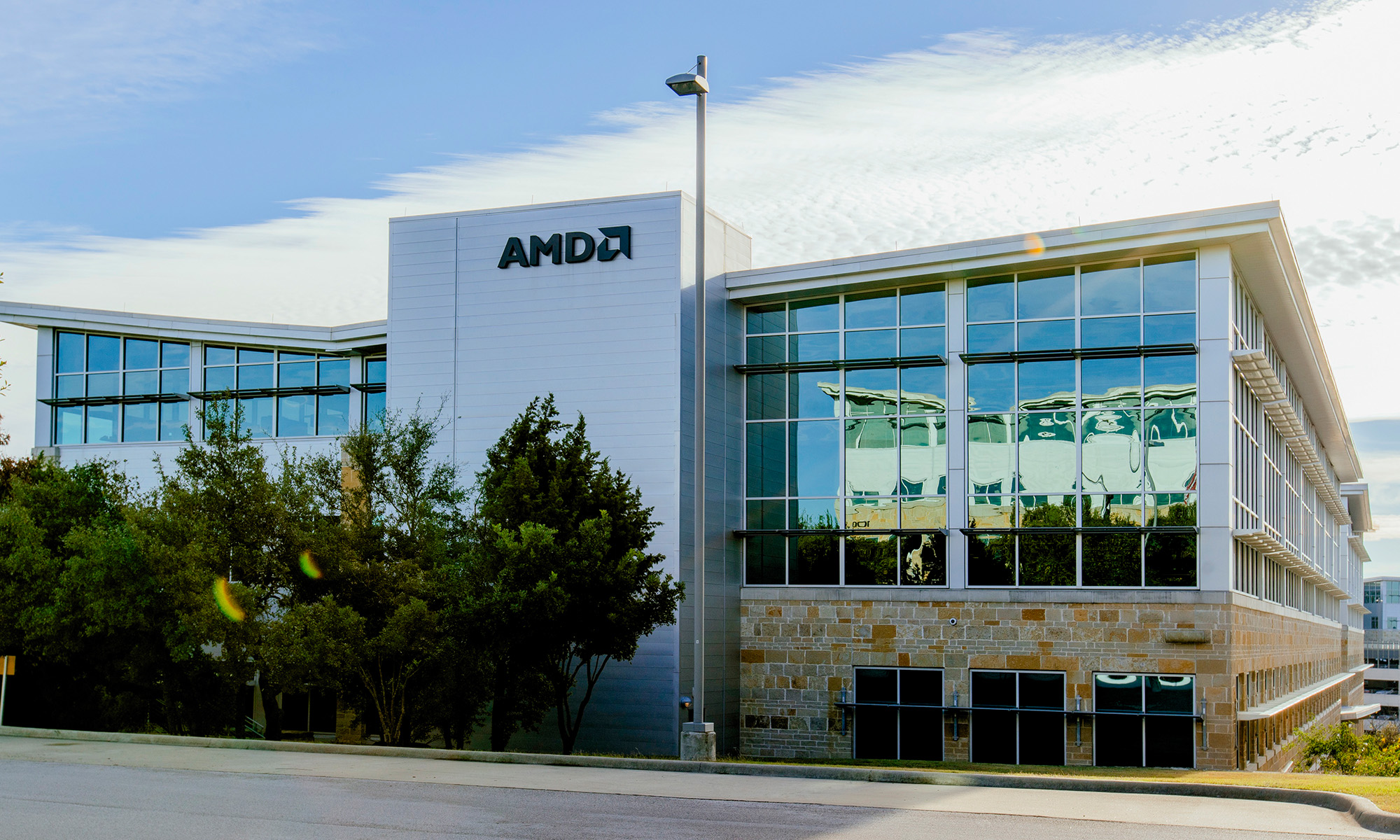On April 17, shares of Advanced Micro Devices (AMD +1.79%) jumped more than 12% after having posted better than expected first-quarter earnings. This is in large part due to the company showing strong signals that its three-step turnaround amid a weakening PC market is starting to show signs of long-lasting successes, with half its revenue coming from markets other than the PC. So, with AMD seeing somewhat of a resurgence, instilling new found confidence in long-term investors, is now the time for new investors to jump in?
A closer look at AMD's impressive quarter
AMD reported revenues of $1.40 billion, an increase of 28% year over year with a gross margin of 35%. Although the company had a net loss of $20 million, on an adjusted basis (non-GAAP), AMD posted a net income of $12 million, or $0.02 earnings per share.
The increase in revenue is largely attributed by the graphics and visual solutions segment -- the division responsible in designing the custom chipsets found in the PlayStation 4 and Xbox One -- which saw 118% year-over-year growth, though it had a 15% decline sequentially. The division accounted for nearly half of all AMD's revenue, about $734 million. Operating income was $91 million for the quarter, compared with $121 million for the previous quarter partly due to decreased revenue from semicustom chipsets.
With the continued decline in the PC market, the computing solutions (CPUs & APUs) segment suffered a decrease of 12% year over year. This is largely attributed to a decrease in client unit shipments, which resulted in an operating loss of $3 million. On the bright side, this is a substantial improvement year over year, where the losses were $39 million.
It seems that AMD is effectively restructuring its computing solutions segment into one that can potentially yield small profits, or at the very least break even in the new few quarters. This is a great news especially given that AMD is planning to move further away from its core business, the x86 chipset, with a new partnership that has real potential in improving the company's bottom line.
A new partnership
As of late, ARM (ARMH +0.00%) and AMD have been developing a rather close relationship. In 2014, AMD will be launching the first 64-bit ARM-based server CPU at 28 nanometers. While ARM chips are one of the most used in the world -- about 4.3 billion people touch a device carrying an ARM chip each day -- AMD and ARM are entering a market where Intel commands a staggering 97%. On the other end, AMD's market share has declined to 3% from 10% in 2009.
The partnership with ARM has become increasingly more important in the past few days with AMD outlining new efforts, which further moves the company away from the x86 architecture with the unveiling of Project Skybridge. The project will yield a new 20nm x86 chip and an ARM SoCs that are interchangeable with one another. Basically, there will be a single chipset/socket that can take either the ARM or x86 CPU, depending on whether the product runs Android or Windows. The real potential lies in pairing the ARM chipset with AMD's Graphic Core Next GPUs alongside AMD's led initiative in standardizing Heterogeneous System Architecture, which ARM is also heavily invested in.
Can the potential end of x86 be a turning point for AMD?
Regardless of how ARM-equipped servers stack against Intel's, I can't see any significant gains in the short-term, and it's even harder to even imagine any in the long. Intel's dominance has allowed for a situation where it can charge "higher pricing that would be ordinarily possible," but the savings that can be made from switching over to an ARM server will quickly be mitigated and possibly more expensive. This is due to ARM CPUs being entirely different than the x86 chipset, meaning server admins as well as software engineers and scientists will have to spend countless hours learning in developing and maintaining for a new platform that is looking to be less powerful than Intel's offerings. The opportunity costs would be an undertaking for a business of any size.
On the other hand, I do see potential with Project Skybridge. A lot of analysts are still skeptical -- and deservingly so -- as to how AMD can continue to find success with its semicustom chipsets now that the Xbox One and PlayStation 4 have been completed. AMD has invested heavily in HSA, and with the company recently having successfully launched its first APU that features GCN architecture the company is poised for big gains in the low-powered-device market. I expect AMD to gain several new contracts to design new products using Project Snowblind, such as tablet, set-top boxes, televisions, and such.
The Foolish bottom line
AMD has built a strong foundation with its continued success in the graphics and visuals solutions segment, and its diversification strategy is starting to show real signs in potentially turning the company around. Long-term investors and fans of the company have a lot to cheer for, but I still wouldn't bet on the stock just yet. By the end of next year, AMD expects 50% of its revenue coming from markets other than PCs, remaining consistent with its first-quarter results. If the company can improve upon those numbers by 2015, then AMD could see a massive turnaround. My eyes are watching.






